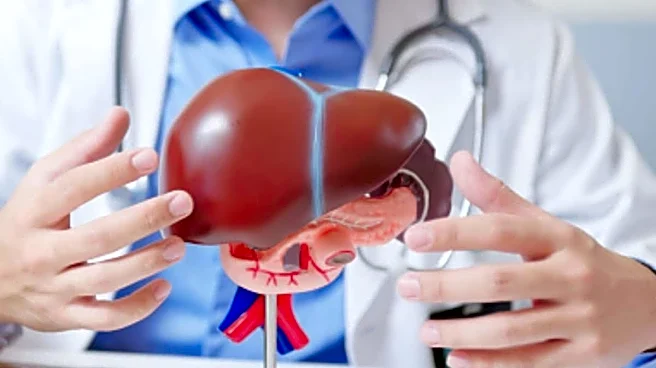Cancer is not a disease that gets detected in a day, week, or month. It takes years for your body to let the cancer cells grow quietly, and many times, there are no signs or symptoms that can help you find
out that something is wrong with your body. However, many cancers, which get detected in later stages, metastasize faster, making treatment harder and survival chances lower. According to doctors, screening tests show that catching cancers of the colon or lung early not only helps with proper treatment but also adds years of life on average, thereby improving the chances of a cure if the cancer is at a localised stage. There are many modern tools and techniques that have come up with advancements in medical science that help detect the deadly disease way before it can spread.
Early cancer screening tests
Dr Alex Vass, a world-renowned longevity anthropologist, recommends four such tests, which include:
Standard screening
Standardized screening tests for various cancers, like mammograms for breast, Pap and HPV tests for cervical, colonoscopy or stool tests for colorectal, low‑dose CT for lung in smokers, and PSA for prostate cancer, have proper guidelines related to the condition and age at which you may undergo these. The tests, according to Dr Vass, focus mostly on those without symptoms, and find either early‑stage cancers or even precancerous lesions, which include polyps or even cell changes that can be removed before they turn into cancer. Experts believe the best screening plan depends on your age, gender, family history, and many other risk factors. Also, it is important to consult with your doctor first to determine the appropriate tests and schedule for you.
Galleri blood test
The Galleri test is a multi-cancer early detection test that screens for more than 50 types of cancer by analyzing cell-free DNA in the bloodstream for cancer-specific patterns. According to Dr Wass, the test is conducted with the help of artificial intelligence, which helps identify cancer signals and pinpoints the likely tissue of origin. Galleri is a screening test used in addition to standard screenings, but not as a replacement. In many screening studies like PATHFINDER 2, Galleri helps increase the number of cancers that are found within a year by more than sevenfold, and about three‑quarters of those cancers have been those that at present have no recommended standard screening tests. Real‑world data in tens of thousands of tested people show a cancer signal detection rate in line with expected incidence, with a very low false‑positive rate, which is important to avoid unnecessary procedures.
Genetic testing
Genetic testing for cancer screening helps analyse your DNA for inherited mutations that can increase the risk of developing the deadliest cancers, like breast, ovarian, or even colorectal cancer. According to doctors, it provides a blood or saliva sample, and results are often discussed with a genetic counsellor. Even though many times, the results indicate a higher or a lower risk, they do not guarantee you will or will not get cancer. But when a mutation is found, doctors say they can tailor a risk‑reduction plan, which includes helping your family members get tested at the earliest.
Fully body MRI
MRI for your entire body, also known as WB-MRI, helps detect abnormalities and cancer, especially in high-risk individuals, by creating detailed images of organs, muscles, and soft tissues without using radiation. Doctors say it is the most frequently used technique for those with genetic predispositions, like those who have hereditary cancer syndromes or specific conditions like multiple myeloma or prostate cancer. According to the present medical guidelines, WB‑MRI is mainly recommended for those with strong cancer‑predisposition syndromes like Li‑Fraumeni or some high‑risk BRCA‑related situations, where annual whole‑body and organ‑focused MRI can find tumours at an early, more curable stage. In high‑risk groups, WB‑MRI picks up clinically relevant, often asymptomatic cancers that would not otherwise be imaged, potentially improving survival in these patients.

/images/ppid_a911dc6a-image-176397762613881489.webp)





/images/ppid_a911dc6a-image-176396643427254578.webp)
/images/ppid_59c68470-image-176394759697934952.webp)

/images/ppid_a911dc6a-image-176390764816776333.webp)

/images/ppid_a911dc6a-image-176372572543191880.webp)



/images/ppid_a911dc6a-image-176386562952647585.webp)